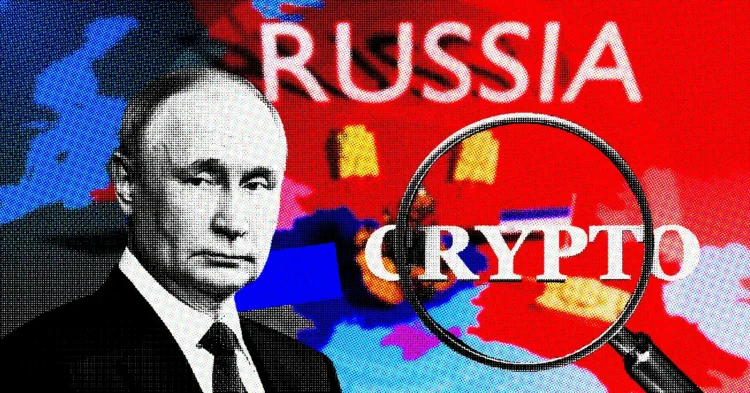When the Russian Central Bank announced its decision to maintain the 21% interest rate, it surprised many observers. Expectations were high for a possible increase to 22% or even higher. However, the bank chose to maintain the status quo. To comprehend this decision, it’s essential to explore their rationale and understand how they are currently managing the economy.
Why Keep It at 21%?
The Russian Central Bank faced three potential paths: maintaining the current rate, raising it to 22%, or escalating it to 23%. Ultimately, they opted for stability. Governor Elvira Nabiullina highlighted a deceleration in credit growth as a significant factor. In simple terms, the public isn’t borrowing as much. Deputy Governor Alexei Zabotkin corroborated this, noting that the current rate is effectively achieving its objectives. They are adopting a cautious approach, as further rate hikes could potentially do more harm than good.
High Rates: Necessary Evil or Overkill?
The complexity of high interest rates cannot be overstated. While they are generally unpopular due to the increased cost of loans and the potential to slow economic growth, Nabiullina argues they are essential. The reason? Inflation remains a pressing issue in Russia, necessitating a delicate economic balance.
She acknowledges the criticism, admitting, “Yes, these rates are tough,” but also emphasizes their temporary nature. The policies implemented since mid-2023 are already beginning to show results. The central message is patience, as controlling inflation is not an instantaneous process—especially in an economy facing unique challenges like Russia’s.
Should inflation remain stubborn, the bank has a contingency plan. Nabiullina refers to this as “Plan B,” which involves maintaining the current strategy while allowing for adjustments as necessary.
What About the Rouble?
Another crucial aspect of the economic equation is currency stability. The Central Bank continues to adhere to its floating exchange rate policy, meaning the rouble’s value is determined by the market, not the bank.
Some express concerns about potential currency weakening, but Nabiullina remains unperturbed. She emphasizes the significance of trade balances—specifically, the balance between Russia’s exports and imports. Currently, there is no immediate cause for alarm, as the rouble is holding steady.
Central Bank’s View Towards Bitcoin
The Russian Central Bank has taken a firm stance on cryptocurrency, which may disappoint crypto enthusiasts. They have clearly stated their opposition to Bitcoin and other cryptocurrencies for domestic payments, citing risks and regulatory challenges. Recently, a deputy proposed the creation of a Bitcoin reserve, following President Putin’s expressed support for Bitcoin. However, Russia’s focus remains on developing crypto regulations for foreign trade exclusively.
What’s Next?
For the time being, the Central Bank is committed to its current strategy, betting on its ability to control inflation without hindering economic growth. Whether this approach will succeed remains to be seen, but one thing is clear: the bank is navigating a complex landscape, striving to balance growth, inflation, and currency stability simultaneously. It’s noteworthy that their stance diverges from that of the nation’s President, adding another layer of intrigue to the situation.











